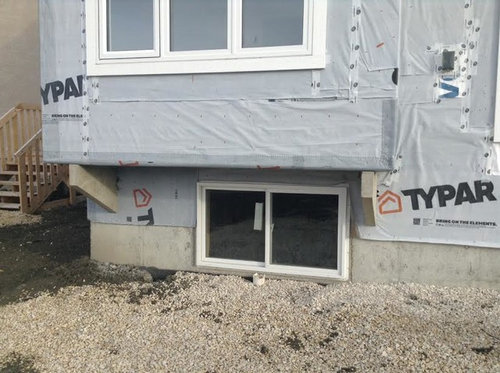
In addition, many residents prefer the fell of a deck that is designed for higher loads. Building codes for residential decks only require 40 psf in some areas, but check your local requirements to make sure you are aware of any additional local guidelines. Beam span maximums are based on a maximum anticipated live load as well as other factors. Fewer posts on upper-level decks are typically more desirable to the occupants and this drives the use of larger framing materials for longer spans. While it will be years before the 2015 version is widely adopted by local codes, many building officials often accept future provisions like these as easy-to-approve alternatives to costly engineering.The span of a beam is dependent on a few variables: The grade and species of lumber, size of lumber and the load it carries. With the allowable cantilever of the joists, this beam would support a deck 12 feet by 17 1/2 feet. A southern pine (2) 2x12 beam can span 8 feet when supporting joists spanning a maximum of 14 feet, and it can cantilever 2 feet beyond the posts on each side.

The stresses in the backspan portion of the beam are considered whether there is a cantilever or not. However, unlike with joists, there is no need to use a different column in the table for these conditions. Similar to joists, beams can cantilever up to one-fourth their backspan. Instead of separate tables for non-cantilevered and cantilevered joists, a single proposed table provides maximum joist span and cantilever distances for all conditions, which should simplify joist specification without compromising design freedom. Meanwhile, the AWC is poised to include a revised and more user-friendly joist and beam span table in the 2012 version of its DCA 6, expected next year.
ONTARIO BUILDING CODE BEAM CANTILEVER INSTALL
The new IRC provisions strike a balance, requiring blocking over the beam when joists cantilever, but allowing the blocking to be cut to 60% of the joist depth to accommodate deck-drainage systems that install within the joist bay. This will allow for minor adjustments to beam placement, without affecting the maximum span.Īnother difference is that the current IRC requires full-depth blocking over the beam when joists are cantilevered beyond, while DCA 6 does not address this. For example, under the portion of the joist span table for joists without cantilevers (and thus a longer allowable span), joists are still allowed to cantilever up to the depth of the joist material. These joist span tables and cantilever allowances might be old news to those familiar with DCA 6 ( awc.org), but there are a few differences. For cantilevers greater than the depth of the joist material (9 1/4 inches for a 2x10), you must use the span criteria for "joists with cantilevers." Cantilevering a joist produces greater stresses in the primary joist span (backspan), so the maximum span is often reduced. There are two sections in the new span table: one for joists with cantilevers, and one for joists without cantilevers. This means that joists, such as southern pine 2x10s at 16 inches on-center, spanning 12 feet are allowed to cantilever up to an additional 3 feet (see illustration, below). Joist CantileversĪccording to the new span tables and IRC provisions, cantilevers can extend up to one-fourth the backspan of the joist. Among the provisions are updated span tables for decking, joists, and beams, which will help clarify the rules for cantilevers of joists and beams. A new package of prescriptive deck code provisions-RB 264, which is partly based on the American Wood Council's DCA 6-was approved at the final ICC code development hearing in early October and will be included in the 2015 International Residential Code (IRC).


 0 kommentar(er)
0 kommentar(er)
